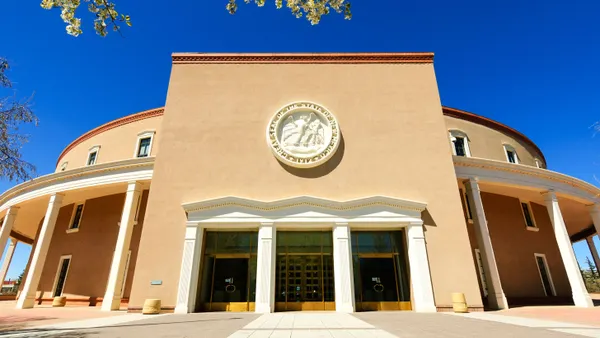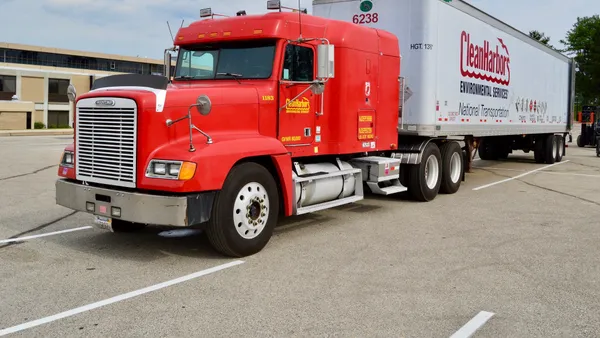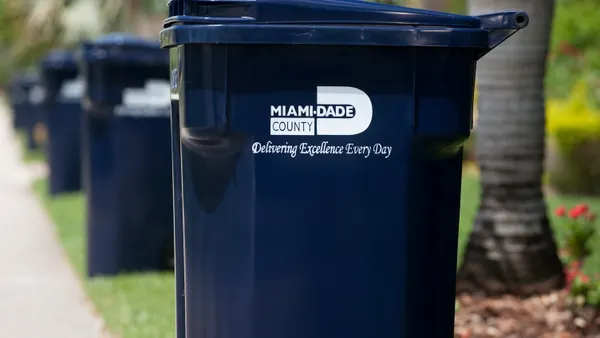An Oregon bill that requires waste incinerators to continuously monitor a broader range of emissions became law on Aug. 4 with the signature of Gov. Tina Kotek. Environmental advocates say it’s the first state law to do so.
The law, which was crafted in part to address complaints about Covanta’s Marion facility, requires operators to submit a plan to achieve compliance within three months of the law’s enactment. It directs the state Department of Environmental Quality to approve each plan, and the agency is expected to submit a report to the legislature on incinerators' plans by Sept. 15, 2024. Emissions that must be monitored include carbon monoxide, sulfur dioxide, nitrogen oxides, dioxin, furan, lead, mercury and arsenic.
State Sen. Deb Patterson, one of the bill's chief sponsors, said she served as clergy in a congregation downwind from the facility, and many members died of cancer. "We need to do all we can to be sure that the air we are breathing is safe," she said in a statement following the bill becoming law.
A spokesperson for Covanta said that “every waste-to-energy facility in the country” already uses continuous emissions monitoring systems under federal requirements and that it tracks carbon monoxide, sulfur dioxide, nitrogen oxides and opacity “daily, hourly, or by minute intervals.”
Covanta continuously monitors those four emission components, the Salem Statesman Journal reported in June. It previously tested annually for the rest of the pollutants and the new law now requires it to monitor continuously.
Covanta’s facility, located in Marion County, Oregon, accepts a mixture of MSW and regulated medical waste. An early version of the bill took aim at the medical waste the facility accepts, as advocates say it’s the last incinerator on the West Coast to do so. Covanta argued in written testimony that the medical waste stream is more homogenous than MSW and its current permit reflects the challenges and emissions that come from both of the waste streams it processes.
The final version of the bill limits the amount of medical waste a municipal waste incinerator can combust to 18,000 tons per year. The Covanta facility takes in about 550 tons of total waste per day and generates 13 megawatts of energy annually, per a county webpage. It processes 90% of Marion County’s waste, the rest of which is landfilled, according to the county.
Environmental groups have praised the bill's passage, saying continuous monitoring “provides a more accurate depiction of the levels of toxic emissions discharged into our air and atmosphere on a daily basis.” They cite studies of European incinerators that found dioxin emissions were anywhere from 32 to 1,290 times higher than is reported through short-term sampling.
“Continuous monitoring and continuous sampling technologies have been tested and verified by the U.S. Environmental Protection Agency since 2006, and are available for a wide range of regulated air pollutants from waste incinerators," Mike Ewall, founder and director of the Energy Justice Network, said in a statement. "Dioxins and furans — the most toxic chemicals known to science — are probably the most underestimated.”
Editor’s note: This story has been updated to include a statement from Covanta and to correct information on how the bill became law.











